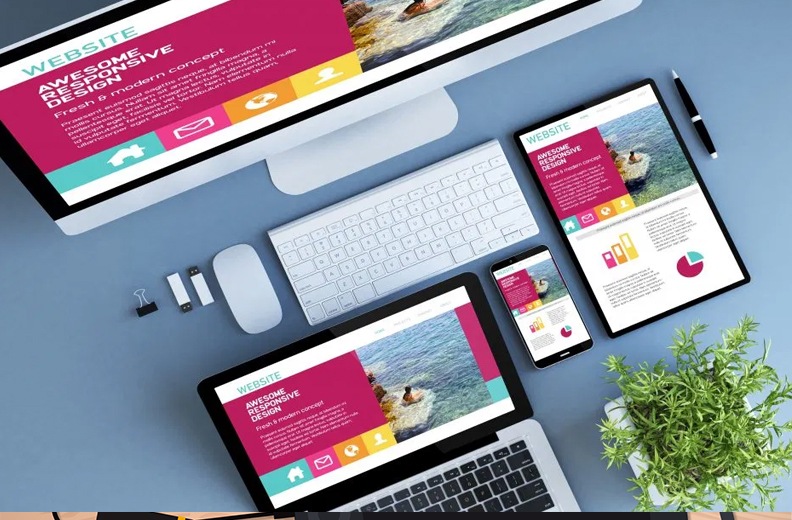- Have any questions?
- (Prasad) +91 96191 46851 | (Parag) +91 99878 20022
- support@pnpwebdesign.com
Crafting an Engaging Website Design Page: A Guide to Captivating Your Audience

Exploring the Best Website Design Websites: Your Ultimate Guide
March 9, 2024
Mastering Website Design Online: Your Comprehensive Guide
March 9, 2024Crafting an Engaging Website Design Page: A Guide to Captivating Your Audience

Your website’s design page serves as the digital storefront of your brand, offering visitors a glimpse into your products, services, and values. In today’s competitive online landscape, creating a captivating and user-friendly design page is essential for attracting and retaining visitors. In this comprehensive guide, we’ll explore the key elements of an effective website design page, share actionable tips for optimization, and delve into the importance of striking a balance between aesthetics and functionality.
-
Understanding the Significance of Your Website Design Page:
Your website design page is the first point of contact for many visitors. Making it a critical component of your online presence. It sets the tone for the user experience, communicates your brand identity, and influences visitors’ perceptions of your credibility and professionalism. A well-crafted design page can engage users, encourage exploration, and ultimately drive conversions. Making it a valuable asset for your business.
-
Key Elements of an Effective Website Design Page:
a. Visual Appeal:

Utilize high-quality images, graphics, and multimedia elements to create a visually engaging design page that captures visitors’ attention and conveys your brand’s personality.
b. Clear Navigation:
Implement intuitive navigation menus and call-to-action buttons to guide visitors through your design page and facilitate easy access to relevant information.
c. Compelling Content: Craft persuasive copy that highlights the unique features, benefits, and value propositions of your products or services. Use concise language and engaging storytelling to capture visitors’ interest and encourage further exploration.
d. Responsive Design:
Ensure that your design page is optimized for seamless viewing across various devices and screen sizes. Responsive design enhances user experience and improves accessibility, leading to higher engagement and conversion rates.
e. Social Proof:



Incorporate testimonials, reviews, and case studies to build credibility and trust with visitors. Social proof serves as a powerful validation of your brand’s quality and reliability, encouraging visitors to take action.
f. Call-to-Action:
Strategically place clear and compelling calls-to-action (CTAs) throughout your design page to prompt visitors to engage with your brand, such as signing up for a newsletter, requesting a quote, or making a purchase.
-
Actionable Tips for Optimization:
a. Optimize Loading Speed: Minimize page load times by optimizing images, leveraging browser caching, and reducing unnecessary scripts and plugins. Faster loading speeds improve user experience and SEO performance. b. Mobile-Friendly Design: Prioritize mobile responsiveness to accommodate the growing number of users accessing the web on smartphones and tablets. A mobile-friendly design ensures that your design page looks and functions seamlessly across all devices. c. SEO Best Practices: Incorporate relevant keywords, meta tags, and descriptive alt text into your design page to improve its visibility and ranking in search engine results. Implementing SEO best practices can attract organic traffic and enhance your online presence.
-
Striking a Balance Between Aesthetics and Functionality:



While visual aesthetics are important for capturing attention, functionality is equally crucial for delivering a seamless user experience. Strive for a balance between aesthetics and functionality, ensuring that your design page not only looks impressive. But also performs effectively in terms of navigation, usability, and conversion optimization.
-
Conclusion: Website design page
In conclusion, your website design page plays a pivotal role in shaping visitors’ perceptions of your brand and driving engagement and conversions. By focusing on key elements such as visual appeal, clear navigation, compelling content, and mobile responsiveness. You can create a design page that resonates with your target audience and inspires action. With careful planning, optimization, and attention to detail. You can craft an engaging website design page that effectively showcases your brand’s unique value proposition and captivates your audience.





